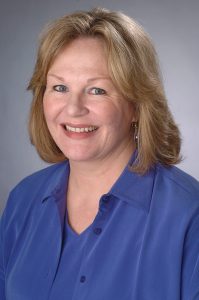From a SU News story by Alex Dunbar, originally published on April 28, 2020
Six students from the College of Engineering and Computer Science (ECS) saw a problem they could help solve. As hospitals and the health care system work to handle the influx of COVID-19 cases, many people who are diagnosed with the virus are advised to quarantine at home and monitor their own symptoms. Health care professionals check-in with patients at home to determine if their condition is improving or getting worse. For some patients, this leads to anxiety and uncertainty if they should be taken to a hospital or continue isolating at home.

Lane and Rubinstein have been supporting interdisciplinary student research in the Syracuse community for 15 years through Lane’s Community Action Research and Education (CARE) program. Lane is also a research professor at Upstate Medical University and saw the potential of where a symptom tracking app could go.
“This project opens so many possibilities,” says Lane.
Knowing what doctors and nurses wanted to know about patients was just one part of building questions for the symptom tracking app. The team reached out to two friends of Lindgren who had been diagnosed with COVID-19 and were taking calls from health care workers while quarantined at home.
“I called both of them and asked what questions people had been asking them,” says Lindgren. “They gave us the questions health care workers had been asking them about shortness of breath and other issues.”
The conversations with actual patients guided the project’s direction as it moved forward.
“It helped a lot with unique symptoms, things we didn’t think about,” says Lindgren. “They also said they would prefer to use a web app than take a phone call.”
Lane and Rubinstein were also helpful in finding how to formulate questions to patients so the app being developed could be more effective.
